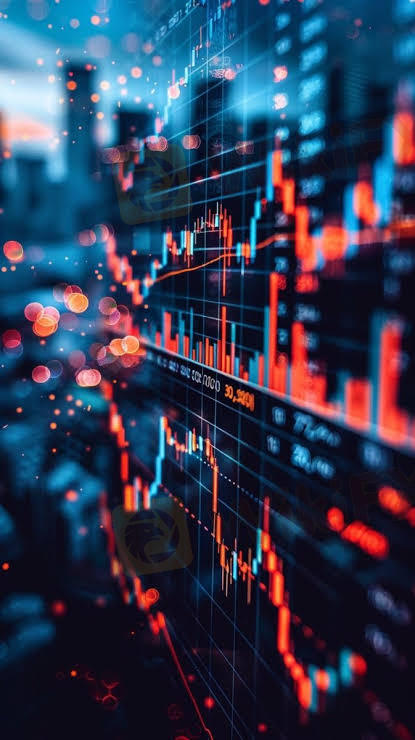
2025-06-27 08:56
الصناعةVolatility and How It Shapes Forex Trading Outcome
Volatility and How It Shapes Forex Trading Outcomes
Volatility in the forex market refers to the degree of variation in currency price movements over time. It’s a core element of forex trading, creating both opportunities and risks. High volatility can mean larger price swings, which appeal to traders seeking quick profits, while low volatility often reflects stable, slower markets.
Several factors influence volatility, including economic news releases (like Non-Farm Payrolls or interest rate decisions), geopolitical events, and unexpected market sentiment shifts. For example, central bank announcements from the Federal Reserve or European Central Bank often trigger sharp movements in major currency pairs.
Traders should adapt their strategies to suit the level of volatility. During high volatility, short-term traders might find more entry points, but the risk of getting stopped out increases. Using wider stop-losses, adjusting position sizes, and trading during known news windows are ways to mitigate these risks.
Ultimately, understanding and anticipating volatility gives traders an edge in timing entries, exits, and risk exposure.
#CommunityAMA
إعجاب 0
zulkilfi
المتداول
مناقشة حية
الصناعة
NFP updates URDU
الصناعة
دوج كوين
الصناعة
دوجكوين
الصناعة
صعود الذهب
الصناعة
لقاحات كورونا
الصناعة
السيارات
فئة المنتدى

منصة

المعرض

الوكيل

التوظيف

استيراتيجية التداول التلقائي

الصناعة

السوق

المؤشر
Volatility and How It Shapes Forex Trading Outcome
 ماليزيا | 2025-06-27 08:56
ماليزيا | 2025-06-27 08:56Volatility and How It Shapes Forex Trading Outcomes
Volatility in the forex market refers to the degree of variation in currency price movements over time. It’s a core element of forex trading, creating both opportunities and risks. High volatility can mean larger price swings, which appeal to traders seeking quick profits, while low volatility often reflects stable, slower markets.
Several factors influence volatility, including economic news releases (like Non-Farm Payrolls or interest rate decisions), geopolitical events, and unexpected market sentiment shifts. For example, central bank announcements from the Federal Reserve or European Central Bank often trigger sharp movements in major currency pairs.
Traders should adapt their strategies to suit the level of volatility. During high volatility, short-term traders might find more entry points, but the risk of getting stopped out increases. Using wider stop-losses, adjusting position sizes, and trading during known news windows are ways to mitigate these risks.
Ultimately, understanding and anticipating volatility gives traders an edge in timing entries, exits, and risk exposure.
#CommunityAMA
إعجاب 0
أريد أن اترك تعليق
تقديم
0تعليقات

لا توجد تعليقات حتى الآن ، كن أول شخص يعلق

تقديم
لا توجد تعليقات حتى الآن ، كن أول شخص يعلق